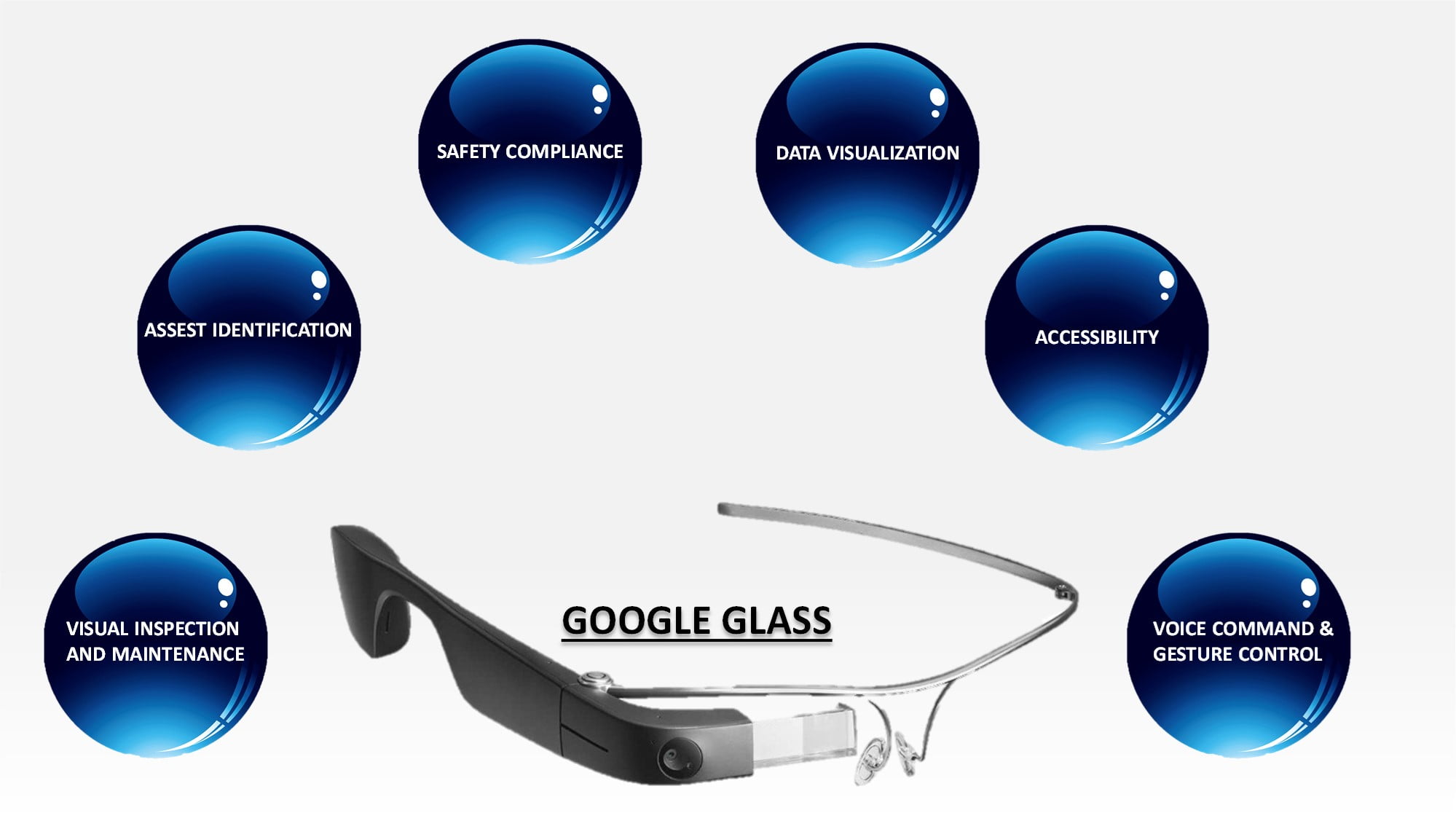Google Glass: A Glimpse into the Future of Wearable Technology
In the ever-evolving landscape of technology, Google Glass has emerged as a pioneering innovation that offers a tantalizing glimpse into the future of wearable technology. With its sleek design and transformative capabilities, Google Glass has the potential to revolutionize industries, enhance productivity, and reshape how we interact with the digital world.
Sleek and Ergonomic Design
One of the defining features of Google Glass is its sleek and ergonomic design. Unlike traditional head-mounted displays that can be cumbersome and obtrusive, Google Glass is designed to be lightweight and unobtrusive. It consists of a frame that rests comfortably on the wearer’s head and a small transparent display that sits just above the eye. This unobtrusive design allows users to seamlessly integrate Google Glass into their daily routines.
Augmented Reality at Your Fingertips
At the heart of Google Glass is its ability to provide augmented reality (AR) experiences. With a simple glance, users can access information, receive notifications, and interact with digital content without the need to look down at a smartphone or computer. This hands-free approach to information retrieval has the potential to enhance productivity in various industries, from healthcare and manufacturing to logistics and field service.
Voice Commands and Gesture Controls
Navigating Google Glass is effortless, thanks to voice commands and gesture controls. Users can issue voice commands to perform tasks like sending messages, conducting web searches, or taking pictures. Gesture controls allow for intuitive interactions, such as swiping through menus or zooming in on content. This user-friendly interface makes Google Glass accessible to a wide range of users, regardless of their technological expertise.
Applications Across Industries
Google Glass’s potential applications span numerous industries. In healthcare, doctors can access patient records and vital information during surgery, improving precision and reducing the risk of errors. In manufacturing, workers can receive real-time instructions and data, streamlining production processes. In logistics, warehouse staff can benefit from hands-free navigation and inventory management. The possibilities are endless, and as developers continue to create innovative applications, Google Glass’s utility will only grow.
Privacy and Ethical Considerations
As with any emerging technology, Google Glass raises privacy and ethical considerations. The device’s ability to record audio and video has led to concerns about surveillance and consent. Striking a balance between the convenience of wearable technology and respecting privacy rights will be an ongoing challenge.

The Future of Wearable Technology
Google Glass represents a significant step forward in the evolution of wearable technology. While the initial release faced some challenges, the concept of smart glasses and AR-enhanced experiences is here to stay. As technology continues to advance, we can expect to see more sophisticated iterations of Google Glass and similar devices that further blur the line between the physical and digital worlds.
Google Glass offers a tantalizing glimpse into the future of wearable technology. Its sleek design, augmented reality capabilities, and intuitive interface have the potential to transform industries and how we interact with information. As this technology continues to evolve, it’s poised to become an integral part of our daily lives, shaping the way we work, learn, and engage with the world around us.



